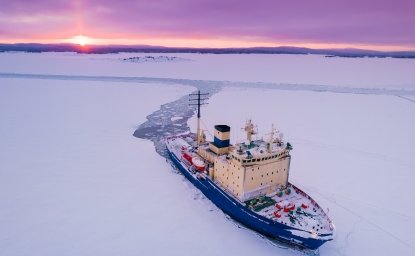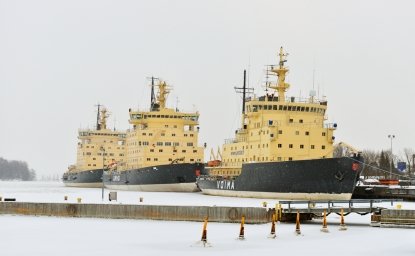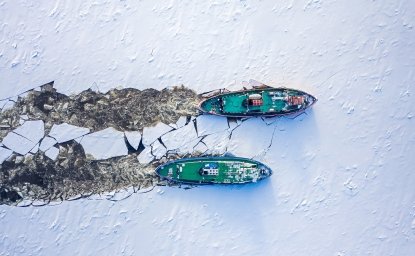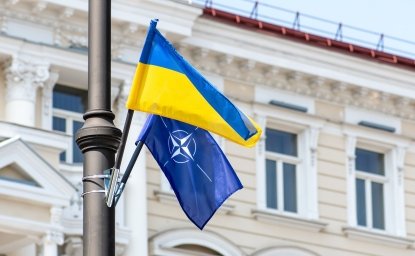The Latest
Leaders of the US, Canada, and Finland announced a plan to establish the Icebreaker Collaboration Effort, known as the ICE Pact. The trilateral agreement will result in joint development of polar icebreakers and other related maritime capabilities.
Rebecca Pincus, Director of the Wilson Center’s Polar Institute, speaks about the significance of the White House announcement. She covers the importance of icebreakers, what they actually do, and the rate at which China and Russia are building ships compared to the US.
Video Transcript
-
Breaking the ICE: White House Announces New Polar Pact with Canada and Finland
Guest


Polar Institute
Since its inception in 2017, the Polar Institute has become a premier forum for discussion and policy analysis of Arctic and Antarctic issues, and is known in Washington, DC and elsewhere as the Arctic Public Square. The Institute holistically studies the central policy issues facing these regions—with an emphasis on Arctic governance, climate change, economic development, scientific research, security, and Indigenous communities—and communicates trusted analysis to policymakers and other stakeholders. Read more

Explore More
Browse Insights & Analysis
US, Canada, and Finland Unite to Build Advanced Arctic Icebreakers

Icebreaking Explained – Finland: Europe’s Icebreaker Superpower







